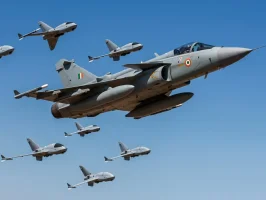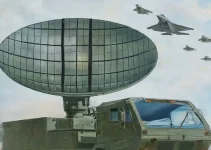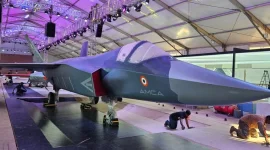- Views: 3K
- Replies: 17
Bharat Electronics Limited (BEL), a key Indian public sector undertaking in the defence sector, has reaffirmed its dedication to speeding up the development and operational readiness of critical defence projects.
Prominently featured in these efforts is Project Kusha, a strategic programme led by the Defence Research and Development Organisation (DRDO) aimed at significantly enhancing India’s air defence capabilities.
This project is widely regarded as India's initiative to develop an indigenous long-range air defence system, often informally referred to as an Indian counterpart to systems like the S-400.
BEL has outlined an ambitious development schedule for Project Kusha, which centres on creating an advanced, domestically produced long-range surface-to-air missile (LR-SAM) system.
According to company statements, the immediate priority is the development of a working prototype, which is expected to be completed within the next 12 to 18 months.
This crucial phase will then be succeeded by extensive user trials. These trials are projected to last for an additional 12 to 36 months, with the exact duration depending on the outcomes of rigorous testing and validation processes designed to ensure the system's effectiveness and reliability against various aerial threats.
The timeline for formal procurement orders for the LR-SAM system will be contingent upon the successful conclusion of these development and trial stages.
BEL's pronounced focus on accelerating system readiness underscores its strong commitment to fulfilling the operational requirements of the Indian armed forces. This also aligns with the nation's broader strategic push towards achieving self-reliance in defence manufacturing, a key component of the 'Atmanirbhar Bharat' (Self-reliant India) initiative.
Under the leadership of the DRDO, Project Kusha aims to deliver a state-of-the-art air defence system capable of identifying, tracking, and neutralizing a diverse array of aerial threats. These include hostile aircraft, ballistic and cruise missiles, and unmanned aerial vehicles (UAVs or drones) at extended ranges, reportedly up to 350 kilometres.
BEL’s integral role in this project highlights its expanding expertise in the complex integration of advanced electronics, sophisticated radar systems, and cutting-edge missile technologies, all of which are critical to the successful realisation of this advanced air defence system.
As India intensifies its efforts to develop indigenous defence solutions and reduce dependency on foreign military hardware, BEL’s proactive approach in Project Kusha signifies a substantial step towards strengthening national security. The company’s emphasis on rapid prototyping and ensuring system readiness reflects a larger strategic vision.
This vision is aimed not only at diminishing reliance on international suppliers but also at establishing India as a notable contributor and leader in global defence technology. The successful induction of such a system would mark a significant milestone for India's indigenous defence industry.



